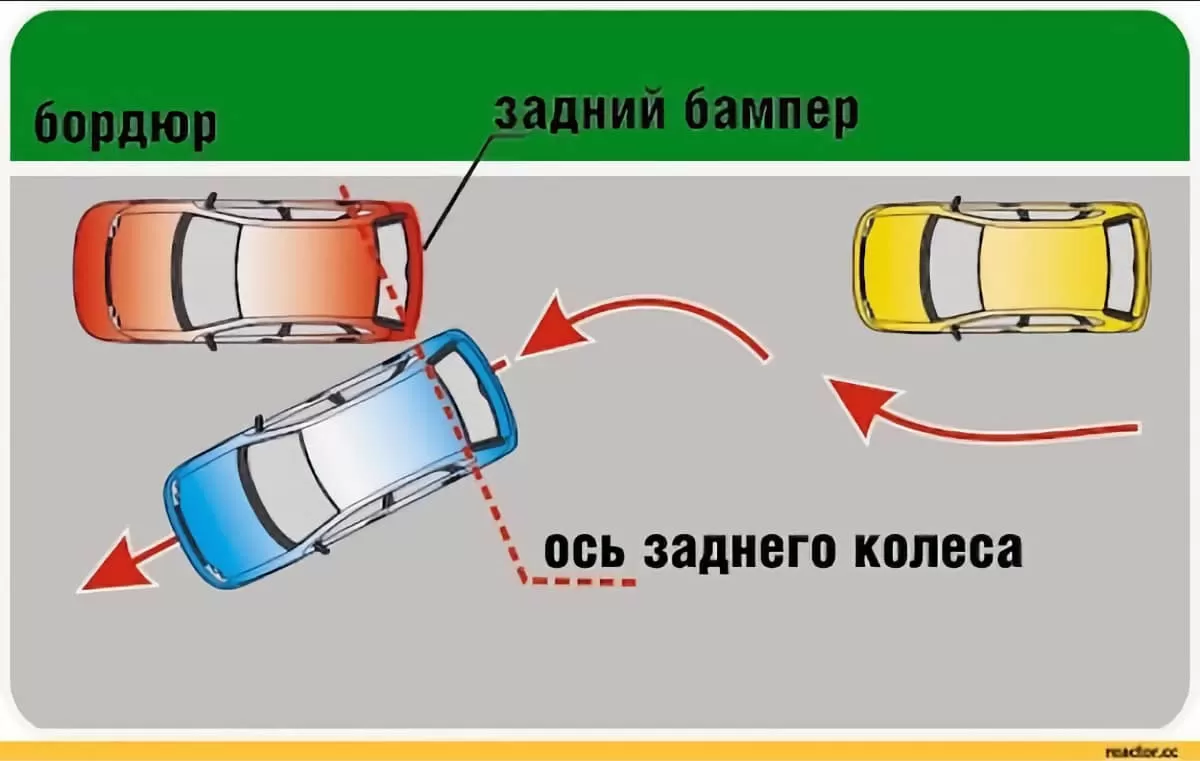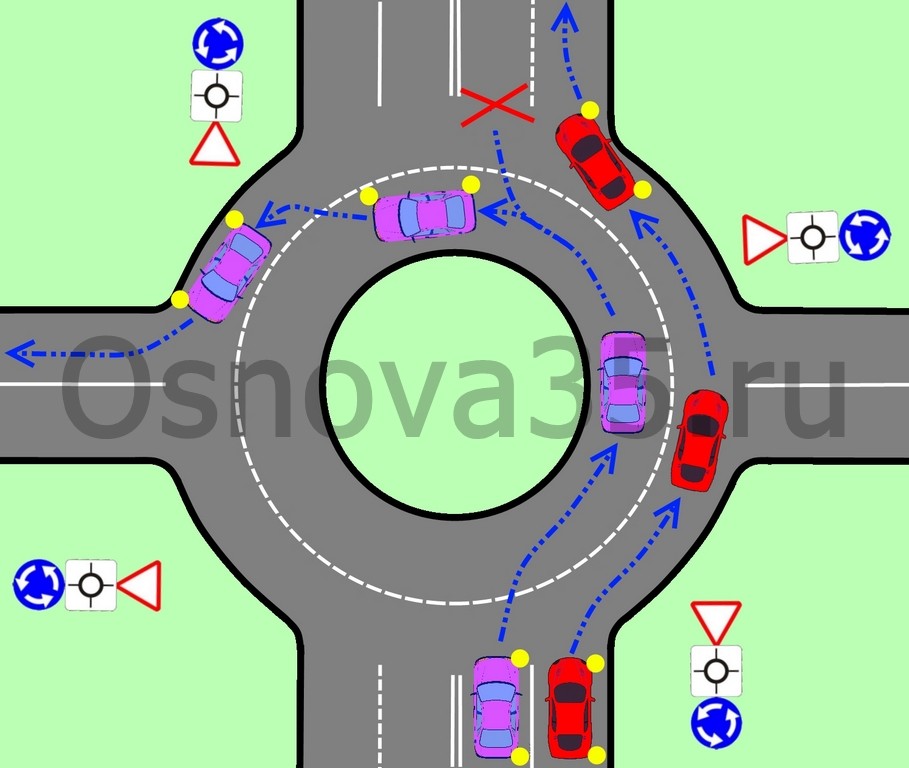
How to parallel park your car
Content
One driving skill that many lack or feel uncomfortable with is the ability to parallel park. While you can do without it in rural areas or places with fewer cars, it's important to learn how to parallel park on busy city streets. You can easily learn how to parallel park by following some simple rules.
Part 1 of 4: Find a place and position your car
First you need to find a place large enough for your vehicle, preferably slightly larger than the vehicle you are driving. Once you have found a free space, turn on your turn signal and turn the car in reverse.
- Functions: When looking for a parking space, look for places in well-lit areas. This will help prevent theft and be safer if you plan to return to your car at night.
Step 1: Explore the space. When pulling up to prepare for parking, examine the space to make sure your car can fit.
- Functions: Make sure there is nothing in the parking lot that prevents you from parking, such as a fire hydrant, a parking sign, or an entrance.
You should also make sure vehicles are clear of obstructions in front or behind the space, including trailer hitches or any oddly shaped bumpers.
Also, check the curb to make sure it's a normal height and not a high curb.
Step 2: Position your vehicle. Drive up to the vehicle in front of the space.
Pull your vehicle towards the vehicle in front of the space so that the middle of the B-pillar is between the front and rear doors on the driver's side of the parked vehicle.
Two feet is a good distance to determine how close you need to be to a parked car.
A warning: Before stopping, check your rearview mirror to make sure no one is behind you. If this is the case, slow down slowly by turning on the signal to show your intention.
Functions: Use the spotter if necessary. An observer can help you find your bearings from the sidewalk or the side of the street. This is especially useful in narrow spaces where the spotter tells you the distance between your vehicle and the vehicle behind or ahead of it.
Part 2 of 4: Reversing your car
Once you're in a good position to get back into place, it's time to put the back of your car into place. When parallel parking, pay attention to all corners of the car and use mirrors if necessary.
Step 1: Return. Switch the car into reverse and return to your seat.
Look in the driver's side mirror first to make sure no one is approaching before you sit in the back.
Then, as you come back, look over your right shoulder to appreciate the space.
Rotate the front wheels of the car so that you are reversing at a 45 degree angle to the space.
Step 2: Check the points of contact. When you return, constantly check the various corners of your car to make sure they are clear of vehicles in front of you and behind you, as well as the curb you are approaching.
- Functions: If necessary, adjust the passenger side mirror so that you can see the curb as you approach. Another indicator that you've gone too far is if your rear wheel hits a curb. In order not to hit the curb, approach it slowly, especially if it is high.
Part 3 of 4: Straighten up as you come back
Now, when you are backing up, all that remains is to level the car and put it in the parking space. You can make further adjustments when you are there.
Step 1: Turn left. Since the rear of the car you are driving is mostly in space, turn the steering wheel to the left.
If you have enough space to park, switch from turning right to the space to the left to level the car as your front bumper is flush with the rear bumper of the car parked in front of the space.
Step 2: Straighten. Straighten the steering wheel as you approach the car parked behind, being careful not to hit it.
Part 4 of 4: Pull forward and center the car
At this point, most of your car should be in the parking space. The front end is probably not quite where it should be. You can straighten the car as you pull forward and level with the curb. You can also go back if necessary until you feel comfortable with the way you parked.
Step 1: Complete your parking. Now all you have to do is center the car and finish parking.
Pull forward, turning right towards the curb if necessary. Center the vehicle between the front and rear vehicle and apply the parking brake. This gives other vehicles room to maneuver if they need to leave before you return.
When properly parked, the vehicle should be less than 12 inches from the curb.
Step 2: Adjust Your Position. If you need, adjust the position of your car.
If necessary, push the vehicle closer to the curb by pulling forward and then turning the steering wheel slightly to the right to bring the rear of the vehicle closer. Then pull forward again until the car is centered between the two cars.
By learning how to parallel park correctly, you can save on scratched paint and damaged bumpers. Unfortunately, the drivers around you may not have the same skills as you. If you find that the paint or bumper is damaged, seek the help of an experienced bodybuilder to repair it.

